Efficient operations are the key to staying ahead. While there are numerous strategies businesses explore, one objective remains constant: the drive to reduce warehousing costs. Balancing this need for cost-efficiency with maintaining top-tier service is a challenge, but with the right strategies, it’s entirely achievable.
1. Optimize Warehouse Layout
- Space Efficiency: For both 3PLs with diverse inventories and eCommerce businesses focused on fast stock turnover, maximizing space usage is crucial.
- Consider adjustable racking systems tailored for varied product dimensions.
- An organized layout ensures reduced internal travel times: Quicker shipments for eCommerce and faster order processing for 3PLs.
By optimizing storage space, businesses can not only streamline operations but significantly reduce warehousing costs.
- Flexibility: 3PLs often need to cater to a diverse set of clients, making a flexible warehouse design indispensable.
- Use modular shelving and storage solutions that can be easily rearranged based on inventory needs.
- Regular audits of space utilization can identify underutilized areas and enable better storage allocation.
- Use a Warehouse Management System (WMS) that directs putaway based on available space, rather than storing items based on client. Storing individual items allows for high sell-through products to be placed towards the front of the warehouse near the picking stations without having to worry about what client it belongs to, your WMS will track this for you.
- Optimized Product Flow: An efficient layout ensures products move swiftly from storage to dispatch.
- Arrange products based on sales velocity, placing fast-moving items closer to the packing zones.
- Use signage and clear labeling to aid faster item identification and reduce picking errors.
2. Implement an Automated Inventory Management System
- Manage Overstock: For 3PLs in particular, managing overstock from different clients can be challenging. Predictive tools can determine optimal stock levels, ensuring you don’t waste space on slow-moving items.
- Minimize Stock Obsolescence: Essential for eCommerce businesses. Predictive analytics can identify slow-moving products, aiding in decision-making for promotions or dynamic pricing.
- Real-time Tracking: With products constantly moving in and out, 3PLs benefit from an inventory system that provides real-time updates. Implement tools such as barcode scanning to facilitate instant inventory updates.
- Enhanced Customer Experience: Accurate stock levels prevent overselling situations, ensuring customer satisfaction.
- Integrate your inventory system with your online store, ensuring stock levels are updated in real-time.
- Utilize predictive analytics to forecast demand and adjust stock levels proactively.
Discover how our WMS can improve your business
3. Automate Processes
Automated systems reduce human errors and ensure accurate inventory levels.
- WMS Benefits: Systems like Shipedge cater to both 3PLs’ comprehensive needs and eCommerce specifics. Centralized operations ensure real-time inventory updates, resulting in fewer stockouts and backorders for eCommerce.
- Material Handling Solutions: Introduce automation in your warehouse operations. Automated systems like conveyor belts or Automated Guided Vehicles (AGVs) provide consistent efficiency.
- These systems ensure seamless management during high-volume periods, whether it’s an eCommerce flash sale or a 3PL’s peak client activity.
Implementing automation isn’t just about boosting efficiency; it’s a long-term investment to reduce warehousing costs.
4. Regularly Review Supplier Contracts
- Innovation-Driven: 3PLs should constantly seek suppliers bringing new and efficient solutions.
- Think of smarter packaging, advanced equipment, or cutting-edge technologies.
- Cost Management: For eCommerce, frequent supplier negotiations can yield cost benefits.
- Periodic reviews can offer better product price points and superior delivery terms, ensuring competitiveness and future readiness.

5. Embrace Energy-Efficient Practices
For 3PLs or eCommerce operations that own their own warehouse, consider how your energy costs are impacting your bottom line.
- Optimized Energy Consumption: With larger storage spaces and multiple operational units, energy costs are a significant part of a warehouse’s overhead. By adopting energy-efficient practices, these providers can substantially cut down their energy bills.
- Consider switching your warehouse lighting to something more energy efficient. Some warehouses have implemented motion-activated lighting systems which illuminate only the zones in use, reducing unnecessary power consumption.
- Climate control systems with automated features can keep the warehouse at optimal temperatures without wasting energy.
- Green Brand Image: Consumers today are more conscious of the environmental footprint of their purchases. Embracing energy-efficient practices not only saves costs but also adds a green credential to the brand.
- Highlight your energy-saving initiatives on your product listings or about us page. It’s an excellent way to distinguish your brand and attract eco-conscious consumers.
- Use solar panels or other renewable energy sources to power your storage facilities, furthering your commitment to sustainability.
6. Invest in Staff Training and Development
- Multitasking and Skill Diversification: 3PL staff often deal with products from various businesses. Proper training ensures they can shift roles swiftly, ensuring optimized operations even during peak times.
- Conduct regular workshops focusing on inventory management, packaging best practices, and customer service.
- Product Knowledge: Your team must understand the products they handle to prevent errors and maintain efficient operations.
- Offer product-handling sessions, so the staff understands the intricacies and value of the items they manage, ensuring fewer damages and returns.
- Introduce Gamification: A newer approach to increasing employee retention and productivity, gamification refers to rewarding employees based on performance. Some examples of metrics managers can use to determine success are picks per hour or picking accuracy.
- Tip: Use your WMS to see which laborers are fulfilling the most orders
In the long run, a multi-skilled workforce can reduce warehousing costs by maximizing labor utility.
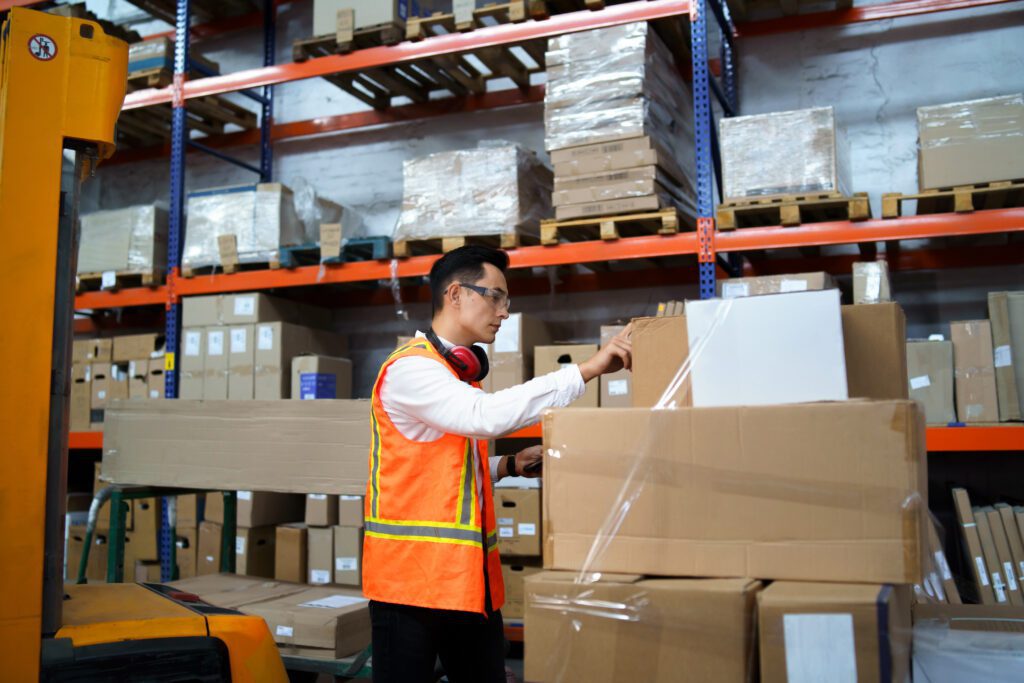
7. Utilize Best Rate Shipping
When shipping in large volumes, finding the best shipping price based on factors such as package dimensions, weight, distance to be delivered, and delivery time is essential in reducing warehousing costs.
A sophisticated WMS, like Shipedge, will automatically rate shop for you based on the aforementioned shipping factors. Simply connect your USPS, UPS, FedEx, or other carrier accounts to the warehouse management system, and all guesswork or trial and error on best pricing is eliminated.
Customer Satisfaction: For eCommerce businesses in particular, offering competitive shipping rates can greatly enhance the shopping experience for customers.
- Use best-rate shipping tools to provide customers with multiple shipping options at checkout.
- Pass on the savings to customers in the form of discounts or loyalty points, enhancing brand loyalty.
Discover how our WMS can improve your business
8. Preventative Maintenance of Equipment
- Continuous Operation: Downtimes in a 3PL setup can lead to significant backlogs. Regular maintenance checks prevent equipment breakdowns, ensuring continuous operation.
- Schedule monthly or quarterly checks, depending on the machinery’s usage intensity.
eCommerce Businesses:
- Cost Savings: While eCommerce warehouses might not be as expansive as 3PLs, equipment breakdown can still result in additional expenses and delays.
- Introduce a monitoring system that flags equipment nearing its maintenance period, ensuring no unexpected downtimes.
9. Re-evaluate Packaging
- efficient packaging reduce damages and claims
- reduce shipping costs based on size
- reduce filler costs
Reevaluating and optimizing packaging solutions can be a direct avenue to reduce warehousing costs, especially when considering shipping and storage.
- Optimize Packaging: Given the diversity of goods 3PLs manage, standardized packaging can bring about efficiency.
- Invest in uniform, scalable packaging materials that can cater to a range of products.
- Reduce waste by utilizing eco-friendly, compact packaging.
- Utilize tools like cartonization to determine the best size package to use for the order, eliminating the guesswork of packers, and decreasing fulfillment time.
- Branding and Cost-Efficiency: Packaging is often the first physical touchpoint with customers, making it a branding opportunity.
- Consider branded packaging that enhances unboxing experiences.
- Use packaging that is appropriately sized to the product to save on shipping costs and reduce waste.
READ MORE: How to Ship More for Less: Cartonization & Best Rate Shipping
10. Review KPIs and Continually Improve
Key Performance Indicators, referred to as KPIs, offer deeper insights into how warehouses operate. KPI reports like picks per hour can be a helpful metric and insight into how a warehouse is performing.
For example, an average pick rate can fall between 50 and 150 picks per hour, depending on the operation. Evaluating KPIs such as this helps ensure warehouse performance is up to standards.
Warehouse managers can use KPIs to:
- Identify bottlenecks or underperforming areas
- Act on insights to streamline processes and improve service quality
- Monitor metrics like order accuracy, return rates, and delivery times
- Use feedback loops with customer to identify areas of improvement and align operations accordingly
Continually monitoring your warehouse’s most important KPIs for rises or falls in average metrics will allow warehouse managers clearer insight into daily operations for significant improvements.
READ MORE: 9 Essential Warehouse KPIs to Measure Performance
Conclusion
Each of these strategies, when implemented effectively, serves the ultimate goal to reduce warehousing costs while enhancing service quality.
It requires an ongoing effort to reduce warehousing costs. Whether you’re a 3PL managing diverse inventory or an eCommerce business looking to enhance customer experiences, the right strategies can significantly impact your bottom line. Regularly re-evaluating practices, from packaging choices to monitoring key performance metrics, ensures businesses stay agile and ahead of the curve.
Discover how our WMS can improve your business





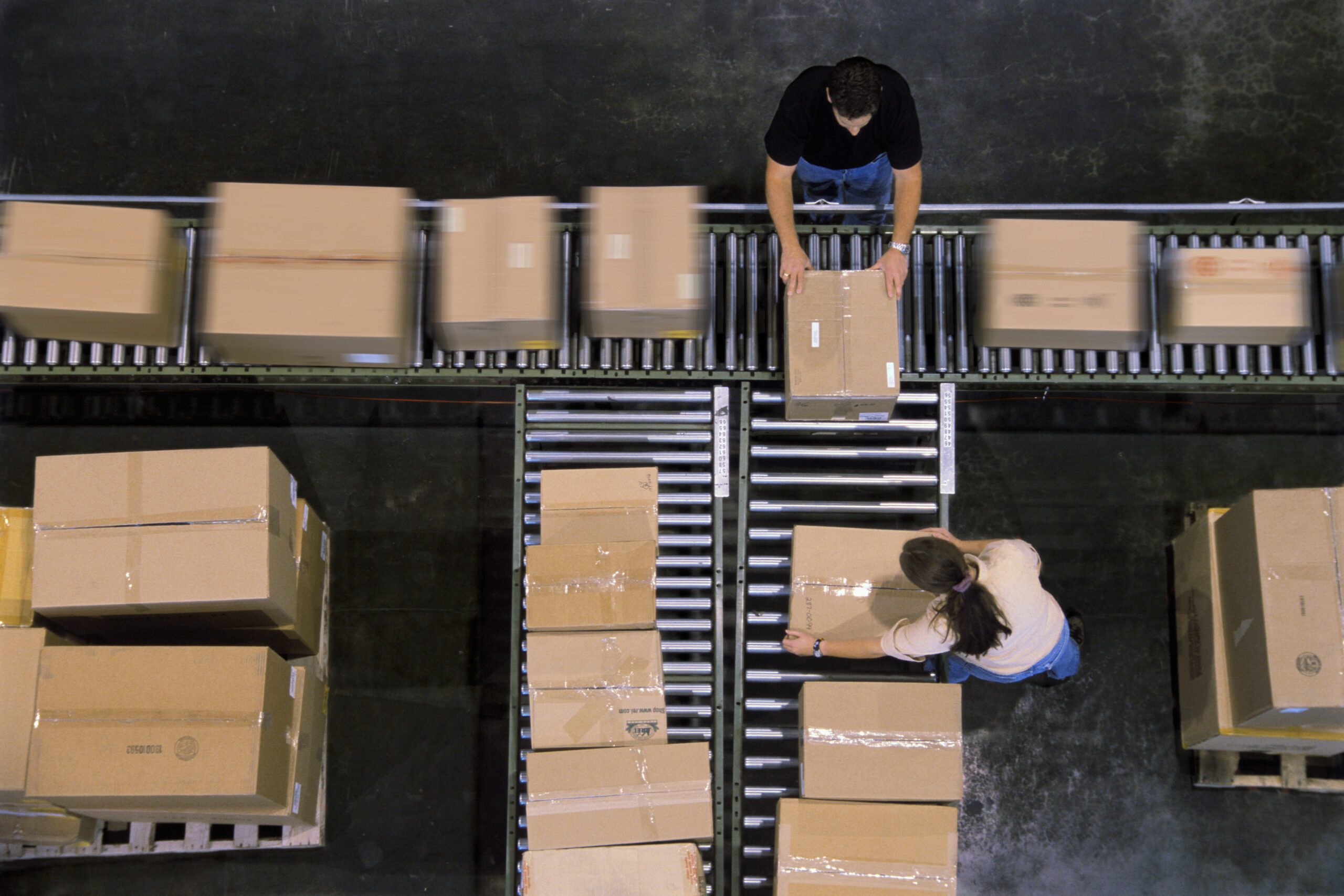

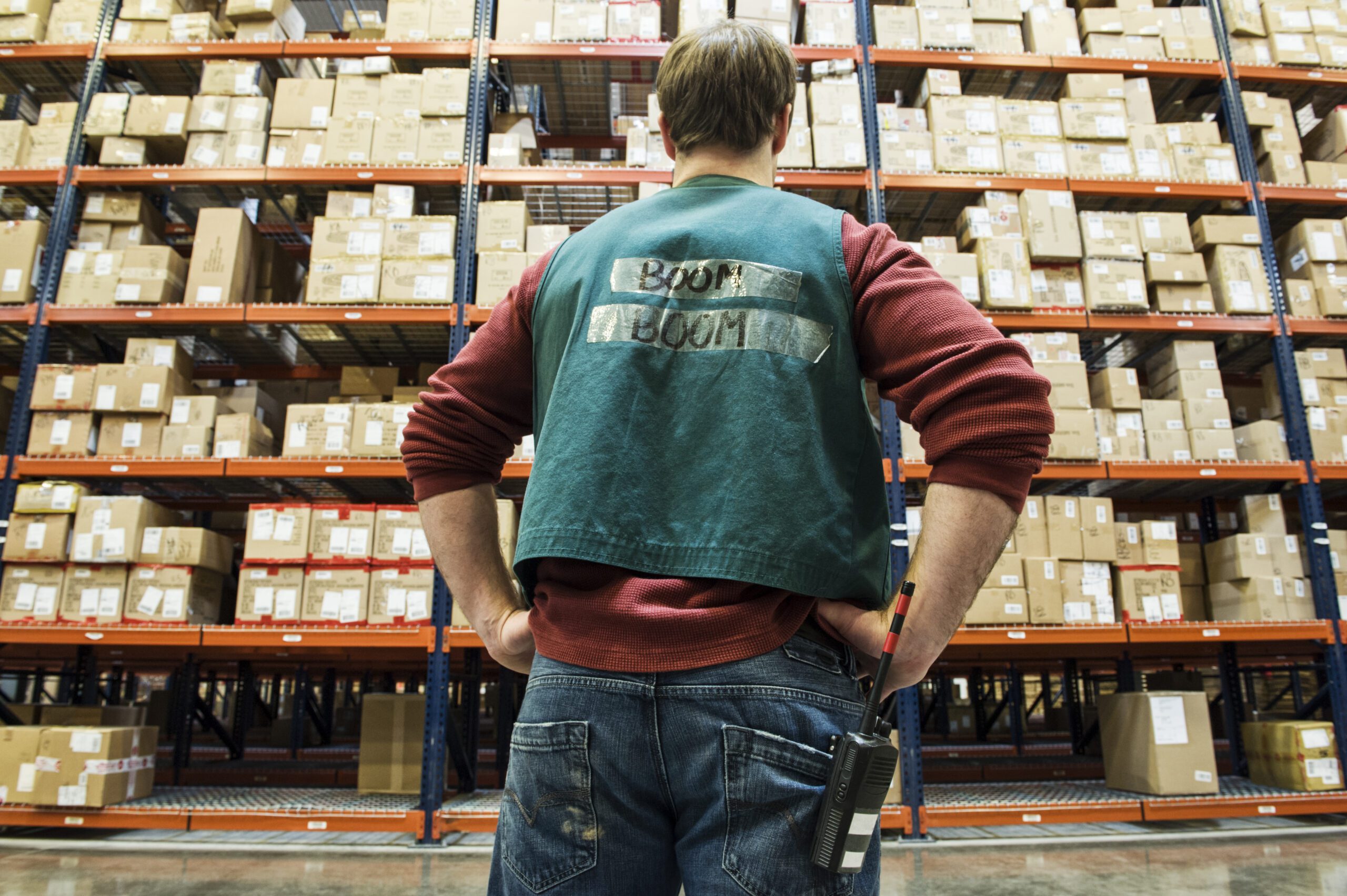


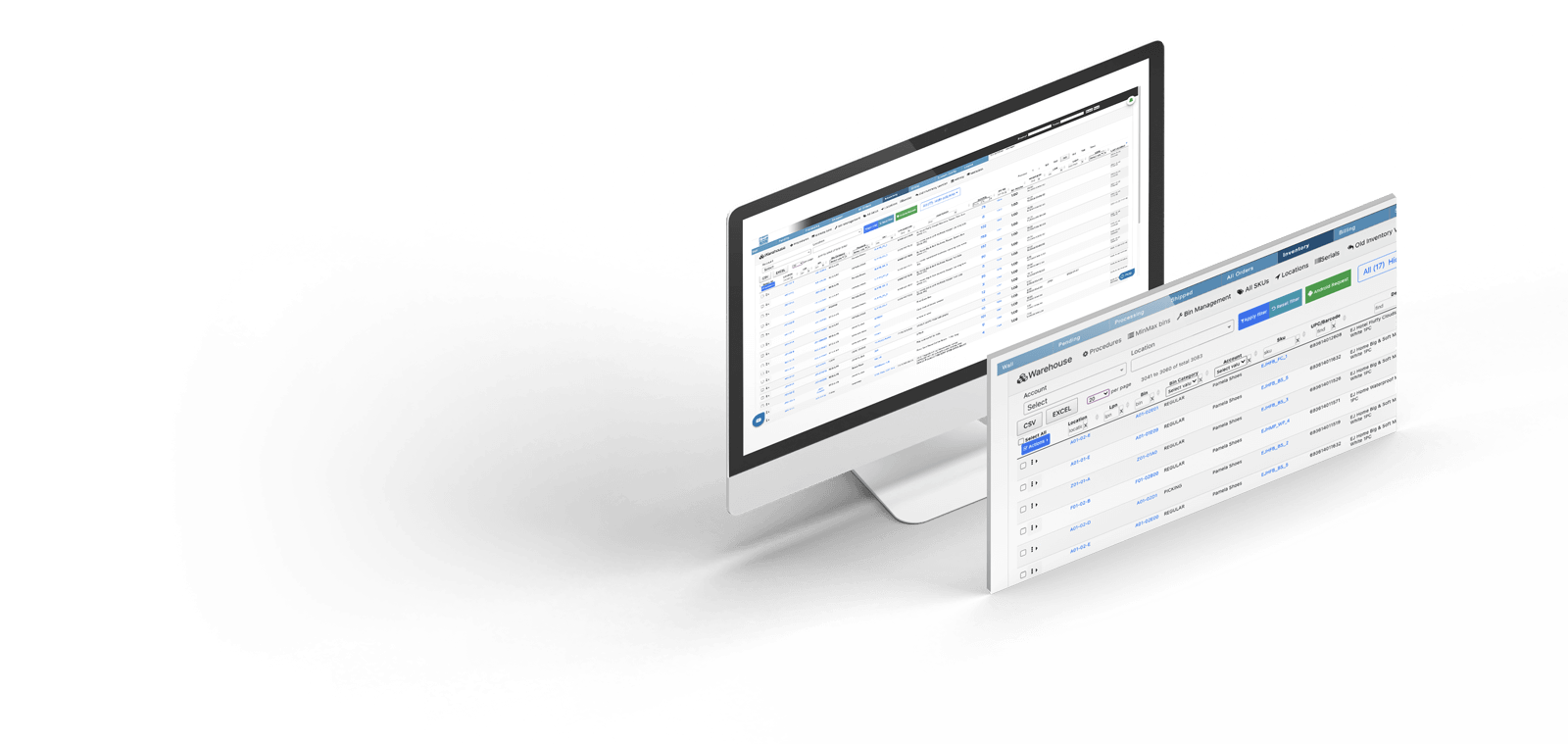
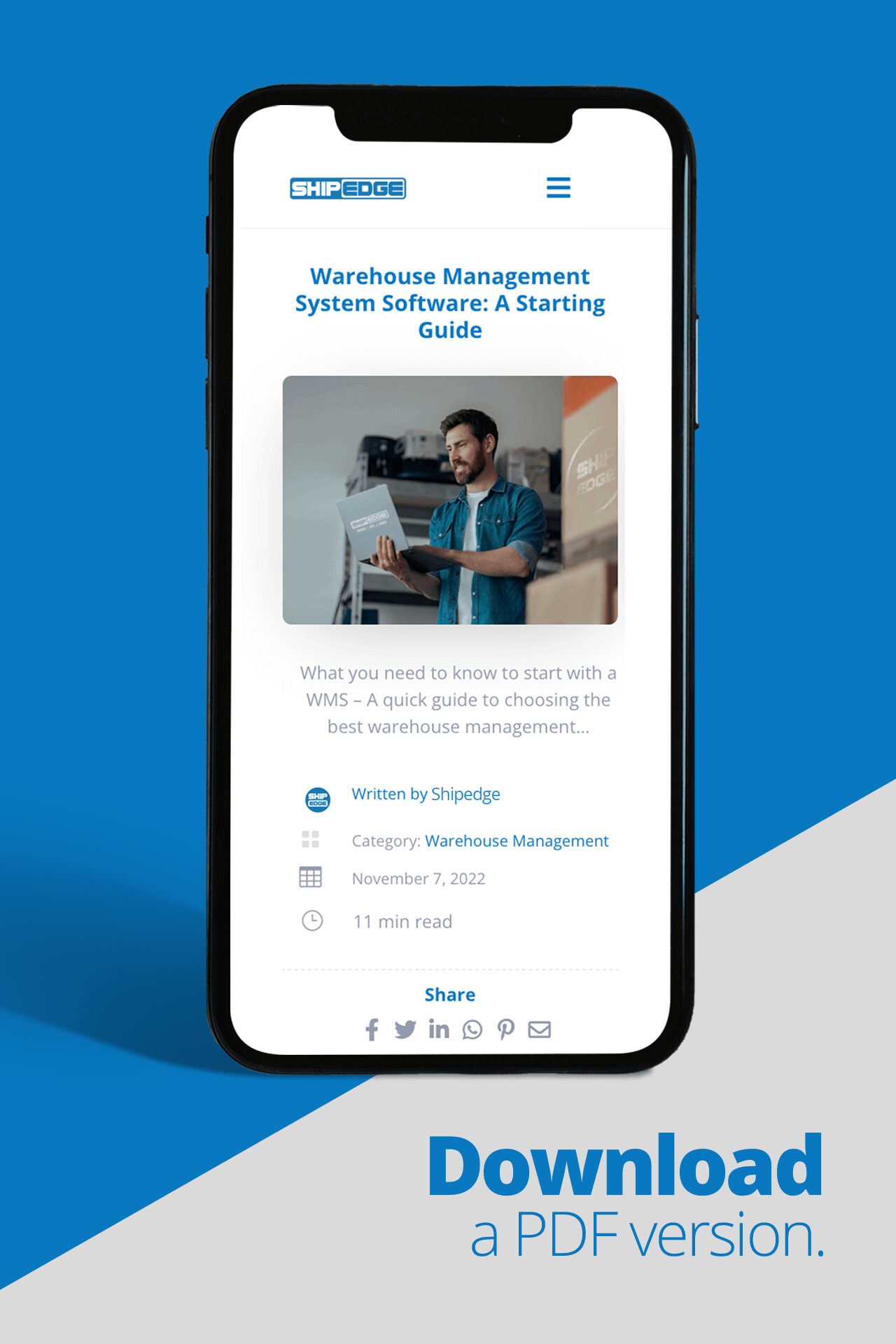
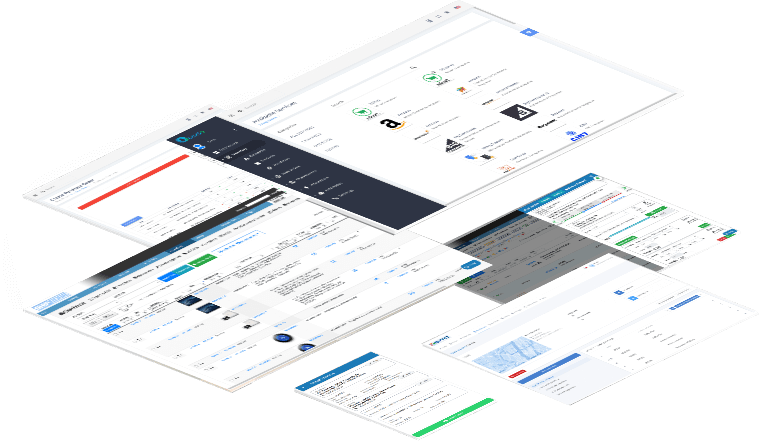

0 Comments